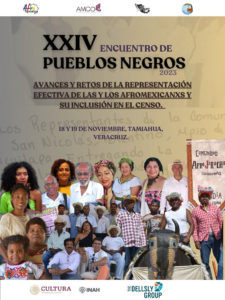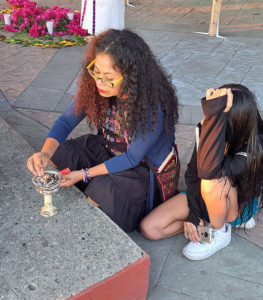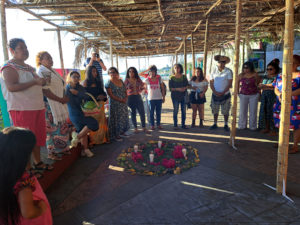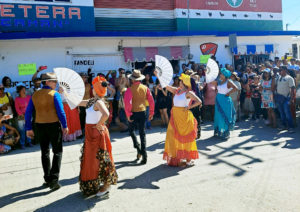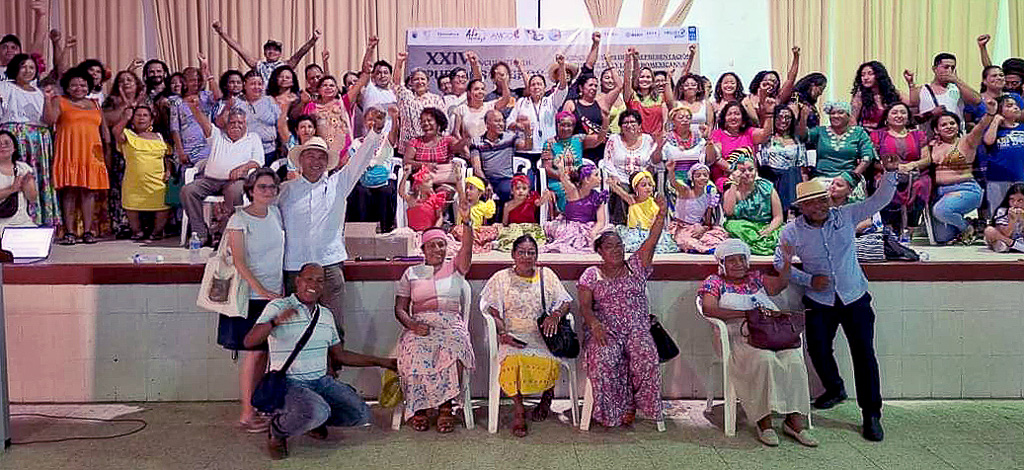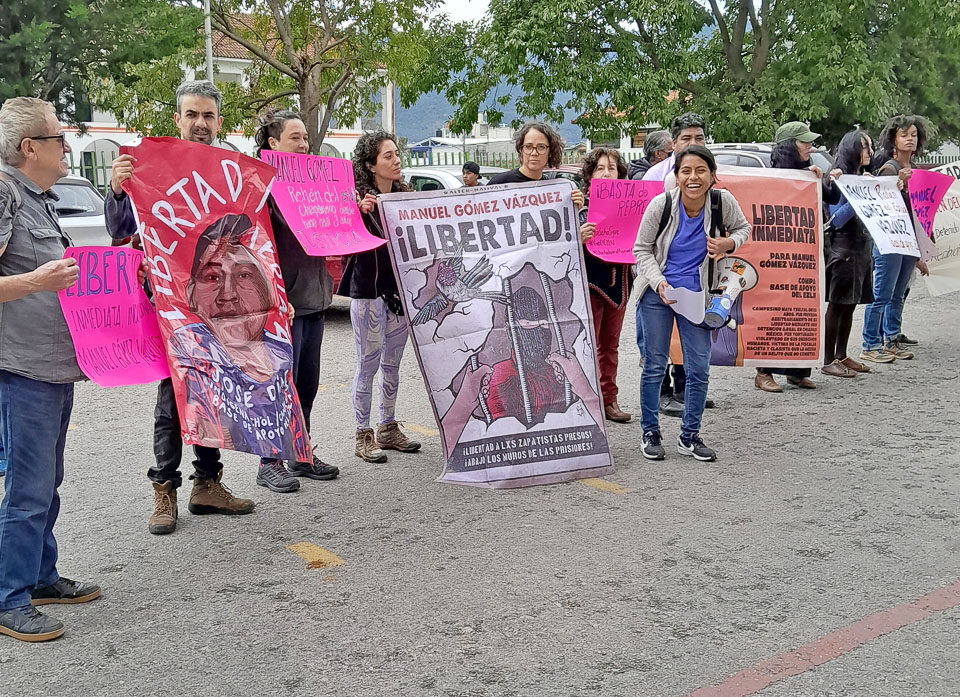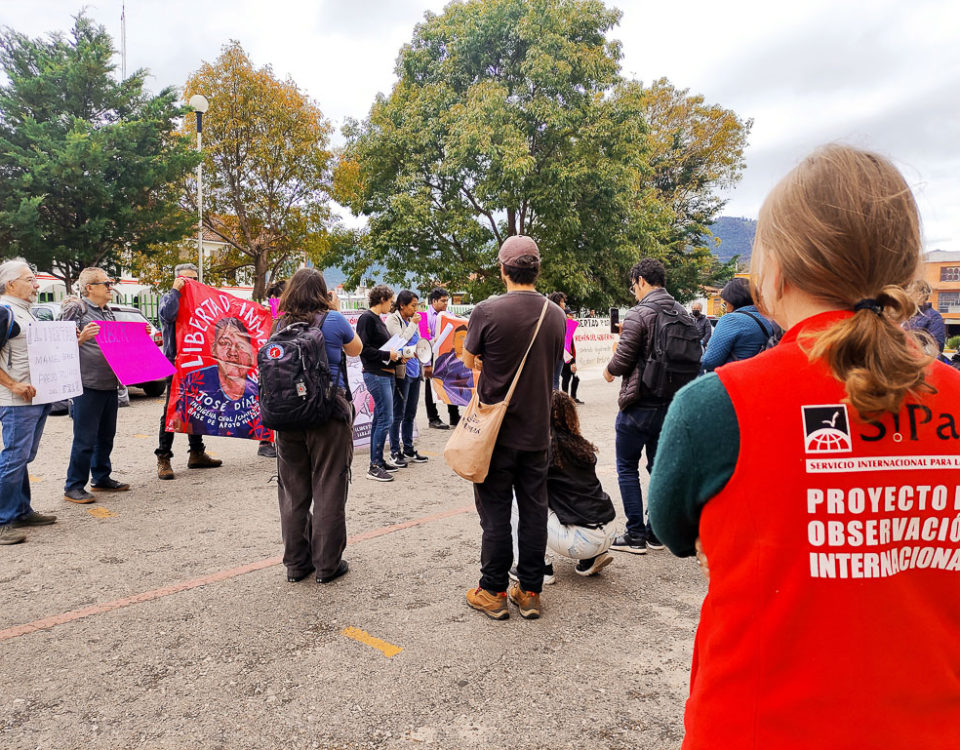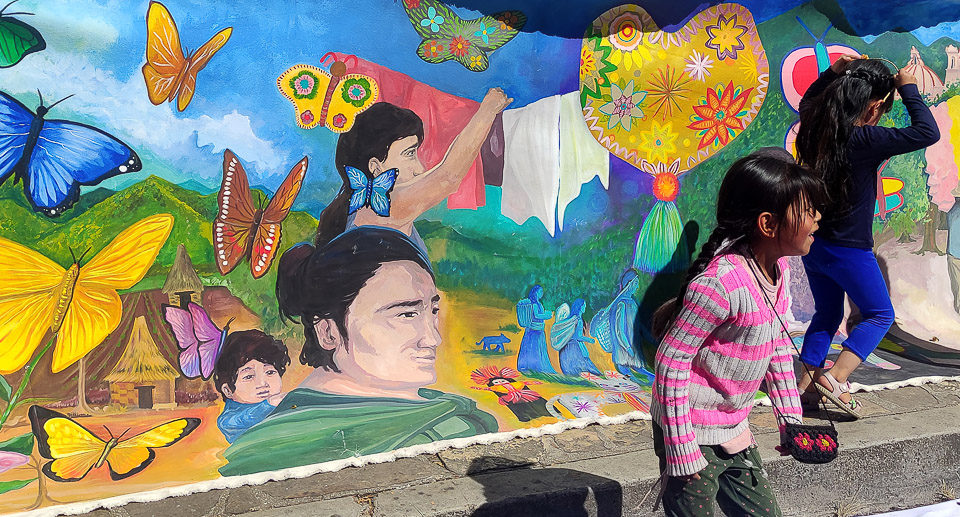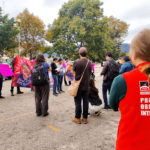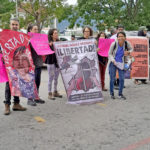If we started from those basic rights, perhaps in some years the census would not be questionable because the birth of an Afro-descendant person would, from there, be the ‘resignification’ of their identity and life
I n November, the XXIV Meeting of Black, Afro-Mexican and Afro-descendant Peoples was held. On this occasion it took place in Tamiahua, Veracruz.
The objective of the meeting was “to analyze the progress and challenges of the effective representation of Afro-Mexicans and their inclusion in the census.” This event was convened by different organizations, including Black Mexico C.A. (México Negro A.C.), Afro Tamiahua C.A., the National Institute of Anthropology and History (INAH), among others.
People from states such as: Oaxaca, Guerrero, Chiapas, Guanajuato, Veracruz, Morelos, Mexico State, Coahuila, Southern Lower California and countries such as Brazil, Ecuador, Colombia, Honduras, Cuba and the United States, gathered in this space in order to nurture hope, understand the challenges and design strategies that allow the advancement of black people. They spent two days where art in its multiple expressions allowed us to take a historical tour, through different samples of painting, typical dances, crafts and books. A different story was told where Afro-Mexicans are authors and protagonists. Boys, girls, and adolescents showed their joy at learning more about their roots.
The first day of the meeting began with an Afro-Mexican ritual dedicated to the people affected by Hurricane Otis in Guerrero. It was a moment of reflection, gratitude and joy that ended with an offering of flowers being thrown into the Tamiahua lagoon, as a sign of the unity and connection that black people have in all parts of the world. Continuing with a march of joy and visibility, the colors, sounds and music flooded the streets of Tamiahua. The happy neighbors came out to watch the route and some joined the march. The drums strengthened the heart while the Afro-Mexican anthem was sung.
On March 14th, 1997, in the state of Oaxaca, the first meeting of black people in Mexico took place. For five days, people from different states shared the reality they lived in their communities and saw the importance of meeting, talking, laughing, planning and dreaming together of a different reality for black people. Since that moment, every year (except during the pandemic), they have met to see the progress and challenges, continue building collective agendas and support the processes that are being developed in different states. As mentioned in their anthem: “Afro-descendants are discriminated against and in our opinions we are not listened to, those two leaders who gave us our homeland, Afro-descendants Morelos and Guerrero; They fought to give us our freedom, which we must now enjoy” (Catalina Rosaelia Peñaloza).
In Tamiahua, the historian Gabriel C. Reyes was one of the invited speakers: He shared the topic “Visibility to the Afro-Mexican Peoples”, speaking about the significance and evolution they have had throughout history, also highlighting the racism and institutional abandonment to which they have been subjected for many years, “Today things are changing and it is the same protagonists who are taking charge of giving them the place and recognition that they have never had,” he remarked.
“We talked a little about what we have as identity of our brothers, who arrived from Africa, coming from Java, Guinea, Mandinka, Angola and with a journey in very difficult conditions in maritime vessels, passing through the coasts of Carlobento and the Caribbean Sea, who arrived in Tamiahua at the beginning of the conquest to strengthen the coastal population centers of Tampamachoco and Tamyamja. Here they were free and came to have their own towns with fisheries and some others went to work in the sugarcane fields and sugar mills owned by the cattle ranchers. of the mountains”, he explained.
According to Reyes, recalling oral legend passed down from generation to generation, many of the enslaved ancestors of the Afro-Mexican peoples were brought from the areas now known as Equatorial Africa and Sierra Leone. “This is the history of black people in Tamiahua, the Always Beautiful, a town where by custom they taught us all to love people without differences based on the color of their skin,” he concluded.
Different thematic tables were also worked on: 1) effective representation and full rights of Afro-Mexican people; building the 2024 legislative agenda; 2) Youth – Afro activism, national leadership, challenges and opportunities; 3) Women – political-electoral rights of Afro-Mexican women; 4) Census, 2020 – results and problems, heading towards mid-census 2025; 5) Rights and challenges of the Afro-Mexican LGBTIQ+ community; and 6) International dialogue, affirmative action and the problem of identity appropriation in Afro-Mexican peoples and communities, effective representation as a guarantee for legitimate public policies.
Sergio Peñaloza, first Afro-Mexican federal representative, shared the importance of representation on advocacy platforms. It is a path that opens to manage advancement processes that contribute to the development of the capabilities of Afro-Mexican people, he stated. It is a challenge that begins with the recognition of one’s own identity, the acceptance of ancestral heritage and the strength to create and promote vindication processes. Likewise, he thanked the support he has had during his administration and reaffirmed his commitment to the causes of the Afro-Mexican community.
From the international table, they shared the problems experienced by black people in Latin America and the Caribbean. Some of the main ones are structural racism, impoverishment, lack of access to rights such as health and education, dispossession that leads to forced displacement, due to the fact that Afro-descendant communities are located in territories characterized by their wealth in natural resources and which are the objective of different national and international companies. The role of children and youth as main players in the transformation processes was also highlighted, considering that they are not the future, but the present for black people.
On the last day, a hairstyle workshop was held, loaded with a historical component, where people, in addition to changing the appearance of their hair, were able to learn about some of the techniques that exist and how braids were a fundamental part of the path to freedom for black people. This is because through them escape routes were designed and seeds were also placed that would be very useful when reaching their destination. For many of those attending this event, it was important to know the processes that people of African descent are experiencing in different parts of the world. It was also a space for joy, enjoying typical foods, reconnecting, embracing each other with their souls and with their gazes, remembering that along the way they are not alone, that the fight continues, and that very significant progress has been made.
Finally, they said goodbye with samples of typical dances from the different regions and the venue for the next meeting was handed over, which will take place in Temixco, Morelos.

